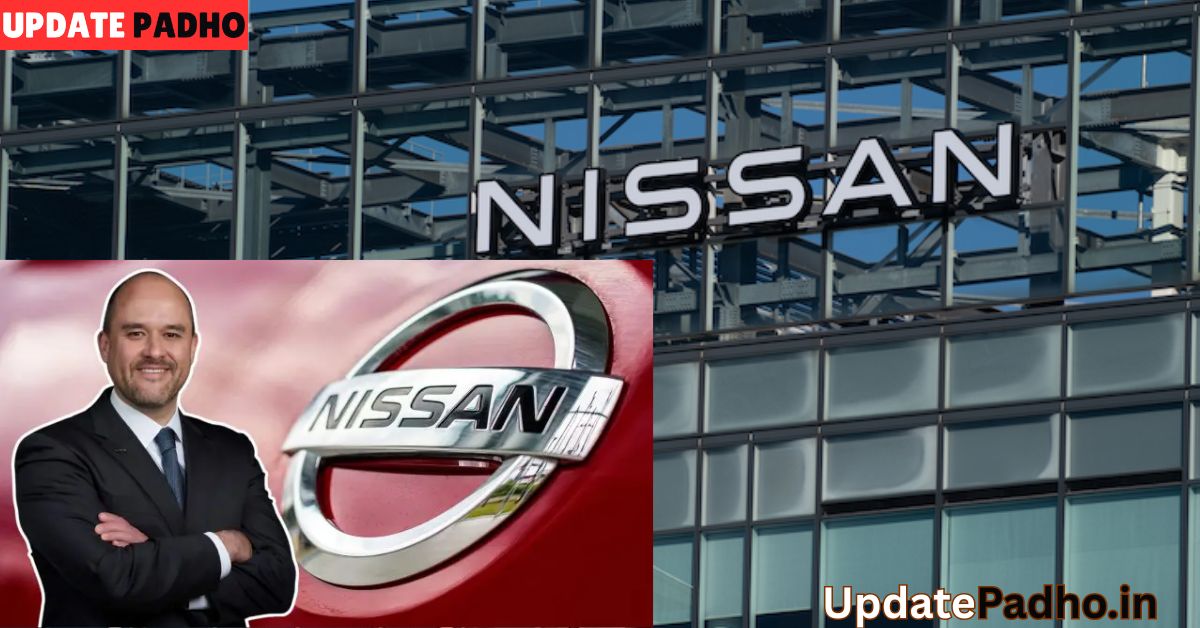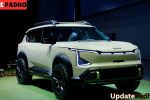In the fast-evolving automotive industry, speed is everything—not just on the road, but in the boardroom, the design studio, and the factory floor. Nissan Motor Co., under the leadership of CEO Makoto Uchida, is doubling down on this principle by prioritizing faster vehicle development and more agile product launches. As the company navigates a competitive market landscape and an urgent shift toward electrification, Uchida’s vision is clear: Nissan must get its cars to market faster, better, and with more innovation than ever before.
A New Era for Nissan
Over the past few years, Nissan has faced a series of challenges, from global supply chain disruptions and semiconductor shortages to internal leadership changes and stiff competition from both legacy automakers and EV startups. In response, the company is undergoing a strategic transformation aimed at regaining its edge in global markets.
At the heart of this transformation is Uchida’s directive to accelerate the launch cycle of new vehicles. In a recent statement, the CEO emphasized the importance of agility in today’s auto industry, stating that the speed of development and delivery is now a critical factor in staying relevant. The traditional multi-year timeline from concept to showroom is no longer fast enough. Instead, Nissan aims to shorten these cycles significantly to meet evolving consumer demands and capitalize on emerging trends.
Why Speed Matters Now More Than Ever
Consumer preferences are changing rapidly. The surge in interest for electric vehicles (EVs), the growing demand for smart, connected cars, and the increasing influence of sustainability in purchasing decisions have forced automakers to rethink how they operate. Companies like Tesla have raised the bar by introducing new models and updates at breakneck speed, creating an expectation among customers that innovation should come quickly and frequently.
Nissan, which once led the EV movement with the Leaf, knows the stakes are high. The Leaf was one of the first mass-market electric cars and enjoyed early success, but the competition has since caught up—and in many cases, surpassed it. To reclaim its leadership, Nissan needs to move quickly to launch not only new EVs but also advanced hybrids, connected vehicles, and updates to its core lineup of sedans, SUVs, and trucks.
The Strategy: Streamline, Simplify, Accelerate
First, the company is investing in digital development tools and virtual testing environments to reduce the time needed for physical prototyping. By simulating real-world driving conditions and customer usage in digital platforms, engineers can make faster decisions and refine designs more efficiently.
Second, Nissan is reorganizing its product development teams to work more closely with marketing and customer feedback loops. By aligning product design more directly with consumer expectations, Nissan hopes to avoid costly redesigns and delays that often stem from late-stage changes.
Third, the company is optimizing its global supply chain to ensure that new models can be manufactured and shipped without unnecessary delays. Nissan is also working with suppliers to secure key materials—especially for EV components like batteries and semiconductors—well in advance of production deadlines.
What This Means for Consumers
For Nissan’s customers, the impact of this accelerated strategy will be tangible. Instead of waiting several years for the next-generation Rogue or a refreshed Altima, buyers can expect more frequent updates, improved features, and quicker responses to market trends.
Moreover, the company’s renewed focus on electrification means more EV choices in a shorter timeframe. Nissan plans to launch 19 new electric models by the end of the decade. If this new speed-focused approach succeeds, many of those vehicles could hit the road much sooner than previously expected.
This also opens the door to more region-specific models that reflect local tastes and driving conditions. A faster development cycle allows for greater flexibility, meaning Nissan can tailor vehicles to different markets without the risk of outdated technology or designs.
Challenges Ahead
Of course, accelerating product launches is easier said than done. Speed must not come at the cost of quality or safety—especially in an industry where reliability is non-negotiable. Nissan will need to maintain rigorous standards while pushing its teams to work faster and smarter.
There’s also the risk of market saturation or consumer fatigue. Launching too many models too quickly could confuse buyers or dilute the brand’s identity. Nissan will need a carefully crafted marketing strategy to ensure that each new model serves a clear purpose and finds its niche.
Conclusion: Racing Toward the Future
Makoto Uchida’s push for speed is more than a tactical shift—it’s a philosophical one. In an industry where the only constant is change, the ability to adapt quickly can make the difference between leading and lagging behind.
For Nissan, this is a chance to reassert itself as an innovator and a force to be reckoned with. By prioritizing faster car launches, the company is not just chasing trends—it’s attempting to set them. Whether it’s EVs, autonomous tech, or just more compelling vehicles across every segment, one thing is certain: Nissan is putting the pedal to the metal.



